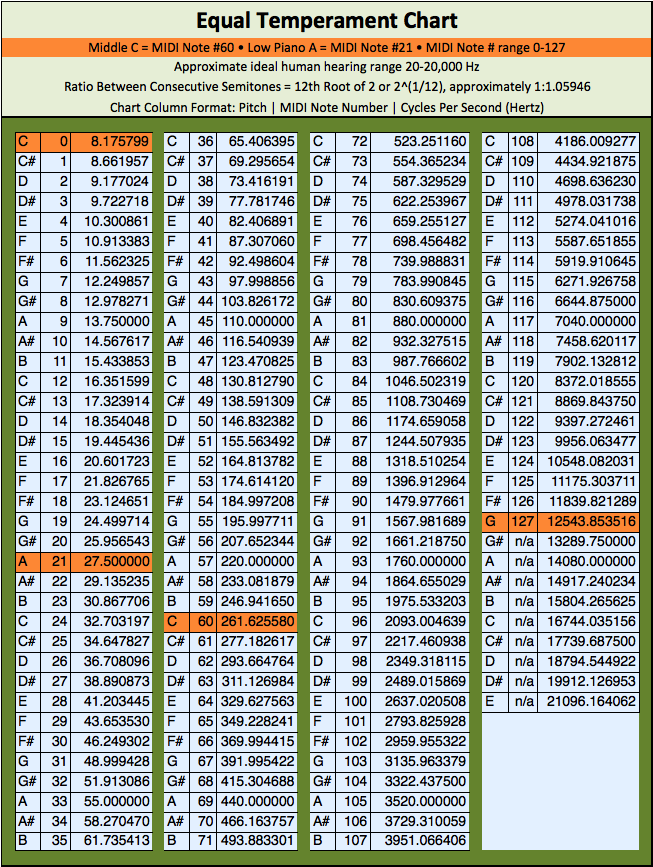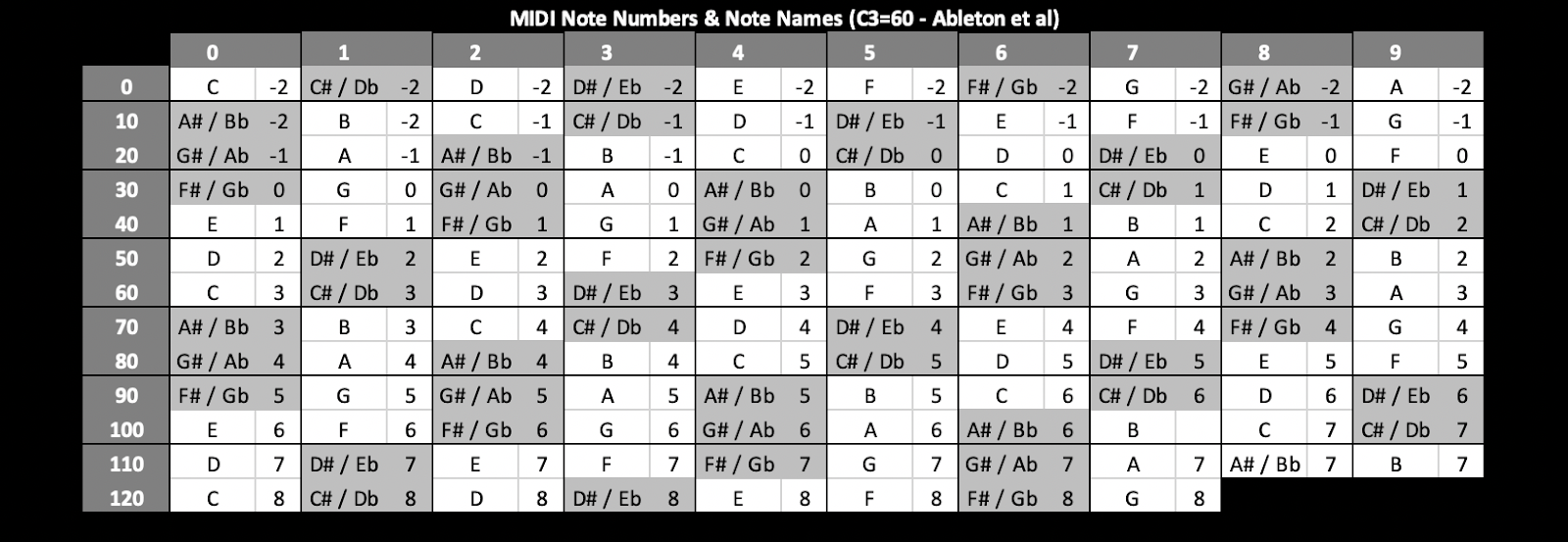

This Linux library allows Pd’s core DSP functionality to run on the board. Pd is open-source software, and can be run on a huge range of computers - PCs, laptops, and smart phones can run Pd, as well as embedded devices like Bela.

This makes it possible to sketch programmes for synthesis, live effects and interactive audio very quickly. The signal can be audio, but it can also be a number, a message, a MIDI note, and other forms of data.Ĭreating objects and connecting them together in a visual environment means you don’t have to write any code in order to create complex digital audio project. To program something in Pd, you create objects (the boxes), and describe the signal flow between them by creating connections using patch cables (the lines). Pd is based around a ‘patcher’ or ‘dataflow’ programming logic. While Max has developed into a fully-featured, commercial piece of software, Pure Data has remained free to use while managing to keep more or less the same features.Īn example of simple additive synthesis in Max/MSP on the right and Pure Data on the left. In fact, Pd is Max’s open-source sibling, as both were originally developed by Miller Puckette. You might recognise the boxes and patching cables in the image below from Max/MSP. It is open source and free to download and use. Pd, was developed by Miller Puckette in the 1990s for creating interactive computer music and interactive artworks.


 0 kommentar(er)
0 kommentar(er)
